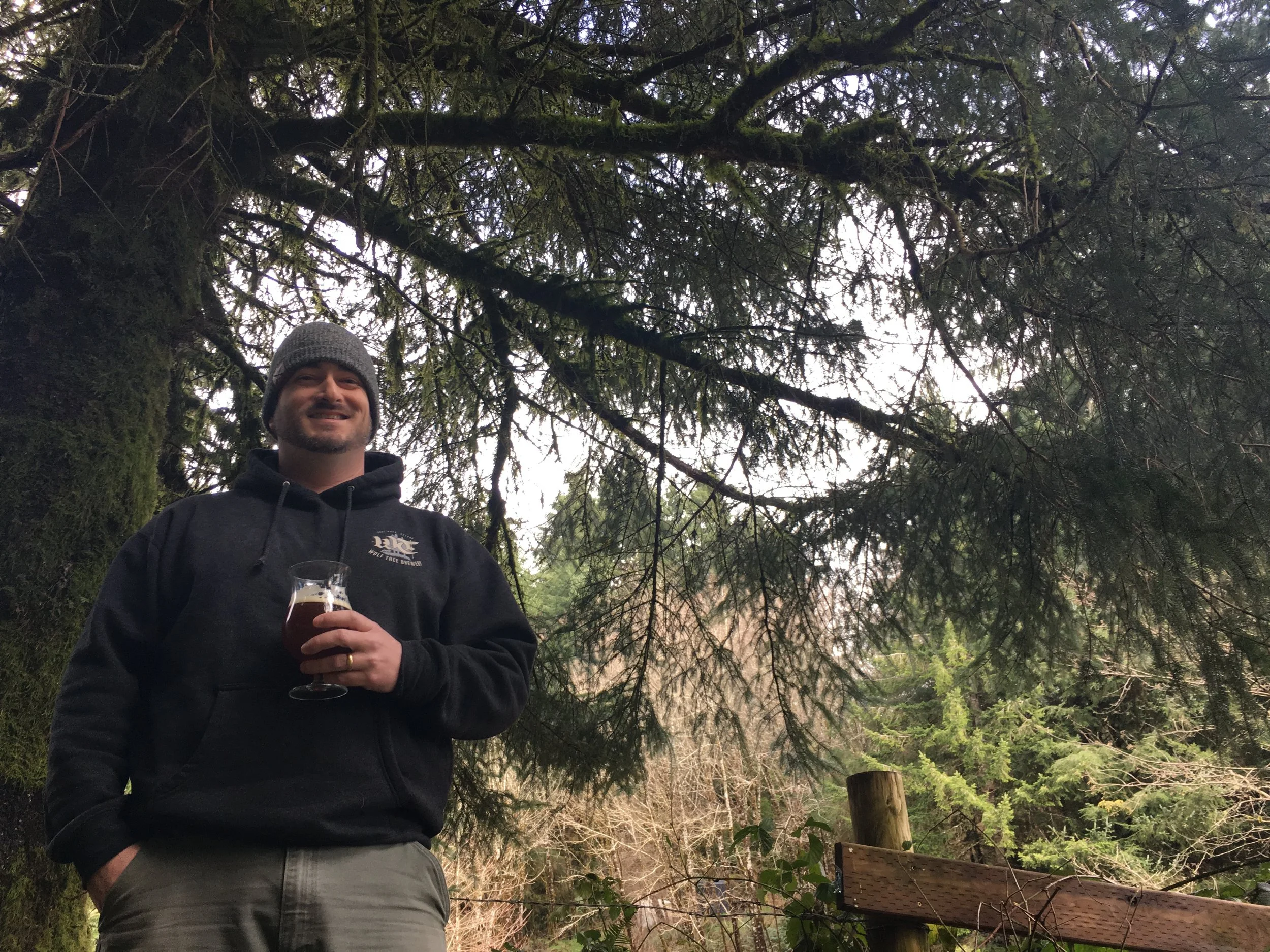Stellar Spans
By Michael H. Kew
WITHOUT ICONIC BRIDGES fusing mystique and architectural allure to trips up and down Oregon’s U.S. Route 101, you’d see scant coast. Few motorists realize it was just one architect—Conde Balcom McCullough—who engineered the connective grandeur.
Born (1887) in the Dakota Territory, McCullough’s storied career began at Iowa’s Marsh Bridge Company, where he worked for one year before taking a job at the Iowa State Highway Commission. In 1916 he moved to Corvallis to work as an assistant professor of civil engineering at Oregon Agricultural College (now Oregon State University). Three years later, he became the head engineer at the Oregon State Highway Department’s (OSHD) bridge division, where he immediately began planning hundreds of bridges for Oregon’s new web of roads. McCullough stayed with the OSHD (now the Oregon Department of Transportation, or ODOT) to 1935, then again from 1937 until he died from a stroke in 1946.
In this early 20th-century career, drafting his bridges, many with Gothic spires, Romanesque arches, and Art Deco obelisks, McCullough felt his coastal links must be built soundly and efficiently and with architectural elegance enhancing the endemic beauty. The ambitious government-funded project to build Roosevelt Coast Military Highway, named for President Theodore Roosevelt, was a perfect conduit. Construction began in 1921. In 1926, the road was dubbed U.S. 101; in 1931 it was named the Oregon Coast Highway and spanned more than 360 miles of dramatic scenes from the Columbia to California. (In 2002 it was listed as a National Scenic Byway/All-American Road.)
Before 1921 most coastal towns were isolated from each other, separated by waterways and rocky headlands and heavily forested hills. Thanks to McCullough, gaps were bridged—literally. His big six (over the Rogue River at Gold Beach, Yaquina Bay at Newport, the Alsea River at Waldport, the Siuslaw River at Florence, the Umpqua River at Reedsport, and North Bend at Coos Bay) nixed the coast’s last ferry lines. The OSHD formed a parks division and, by the end of the 1920s, developed public waysides along the new coast route. In 1935 the OSHD launched a bureau to hype “the scenic and recreational attractions of the state conducive to bringing motorists to Oregon over its highways.” This program fed coast tourism which, in 1936, the year following bridge completion, increased by 72 percent in the face of the Great Depression. Ultimately, McCullough’s Oregon projects—hundreds of bridges, including more than 30 arched spans—coincided with the rise of automobiles and their grand effects on America.
In 2001 Robert W. Hadlow, Ph.D., a Portland-based historian at the Oregon Department of Transportation, wrote Elegant Arches, Soaring Spans: C.B. McCullough, Oregon’s Master Bridge Builder. “McCullough pictured the bridges that he and his engineers constructed along the route not merely as structures carrying traffic, but as ‘jeweled clasps in a wonderful string of matched pearls,’” Hadlow said. “That string of pearls was the Oregon Coast’s collection of headlands and coves, beaches and cliffs. McCullough’s bridges, especially the large ones, complimented these features. None of them were ordinary clasps. They were all jeweled.”
Hadlow remains smitten by 3,223-foot-long Yaquina Bay Bridge, Newport’s classic span of steel arches, decks, grand stairways, and observation platforms. “It has everything one might want to see in a McCullough bridge in terms of architectural ornamentation,” Hadlow said. “Like his other bridges along the coast, the Yaquina Bay Bridge combines classical, Gothic, and Tudor elements with those from the then-popular Art Deco and Streamline Moderne vocabularies to create a visually pleasing structure both individually elegant and complimentary to its environment. One observer saw the Yaquina Bay Bridge as ‘arching across the water like a ballerina taking several smallish-but-impressive leaps—one a great soaring, breathtaking leap, followed by a succession of smaller leaps to the opposite bank.’ For me, the Yaquina Bay Bridge is the one at the top, like the finale at a fireworks show, or the final movement of a beautiful symphony.”
Yaquina included, 11 of McCullough’s U.S. 101 bridges are in the National Register of Historic Places, the other 10 being: Wilson River, Depoe Bay, Rocky Creek, Ten Mile Creek, Big Creek, Cape Creek, Siuslaw River, Umpqua River, Coos Bay (McCullough’s personal favorite, posthumously renamed the McCullough Memorial Bridge), and Rogue River.
According to Hadlow, McCullough wanted his coastal bridges to instill “aesthetic excellence” for both visitors and locals. McCullough hoped his work would help to boost traffic (which occurred instantly), generate substantial fuel tax revenues, and enhance touristic commerce in the towns—everything the Oregon Coast depends on. “Once the last big bridges opened in 1936 and the road was complete, tourism skyrocketed,” Hadlow said. “Since then, tourism along U.S. 101 has been an important part of the state and local economies. Even today, travelers marvel at the many wonderful bridges McCullough and his engineers designed and built along this route so many years ago.”
Conde B. McCullough in 1935. Photo: Oregon Historical Society Research Library.


